Yes, this is a printing ‘bot but it’s not a 3D Printer. Even though it’s called Printbot, don’t get it confused with other products that may begin with ‘Print’ and end in ‘bot’. Printbot is half Roomba, half old inkjet print carriage drive and the remaining half is a small PC running Windows CE.
The whole point of this ‘bot is to draw/write/print things on the floor. No, not in ink, in talcum powder! The Roomba drives in one axis as the powder is systematically dropped in the ‘bots wake. It works one line at a time, similar to how a progressive scan TV displays an image on the screen. The PC on board the Printbot reads 8-bit gray scale images from a USB drive, re-samples the image and outputs the image one line at a time to an external microcontroller. The microcontroller is responsible for driving the Roomba forward as well as moving the hopper’s position and dispensing the powder in the correct place. Check out the small photo below. That black and white strip is not there for good looks. It is part of the encoder positioning system that is responsible for communicating the location of the hopper back to the microcontroller.
Continue reading “PrintBot Prints On The Ground, Uses Talcum Powder”

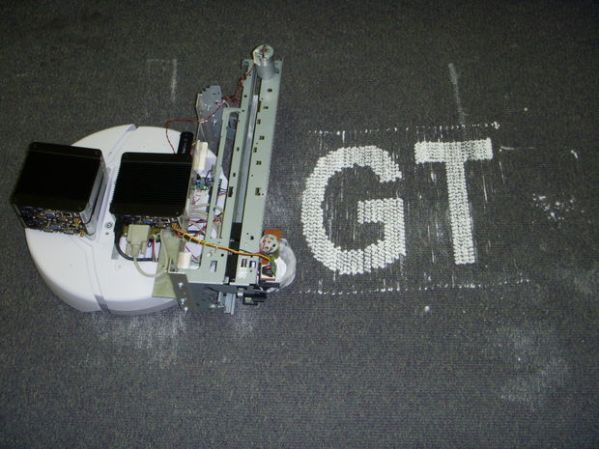
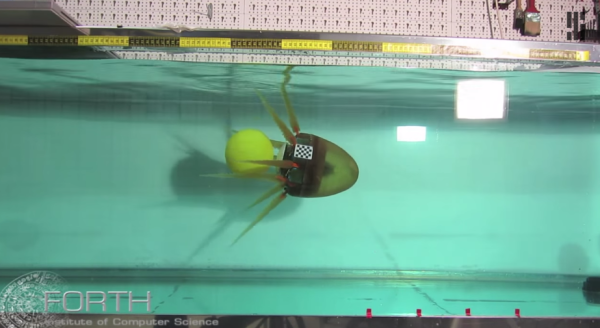
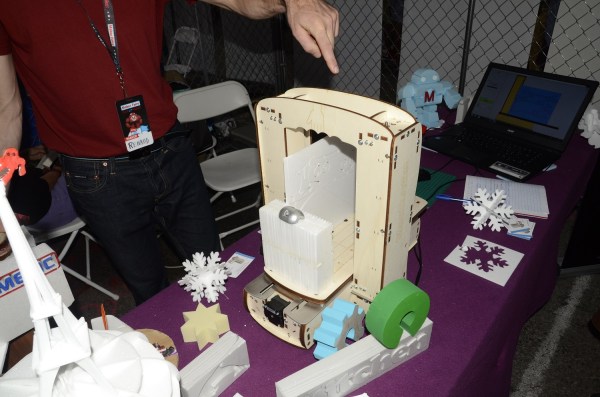
 epper motors much like a 3D printer. Rather than print though, it pulls a heated nichrome wire through styrofoam. Foam cutting is great for crafts, but it really takes off when used for R/C aircraft. [Renaud] was cutting some models out of
epper motors much like a 3D printer. Rather than print though, it pulls a heated nichrome wire through styrofoam. Foam cutting is great for crafts, but it really takes off when used for R/C aircraft. [Renaud] was cutting some models out of 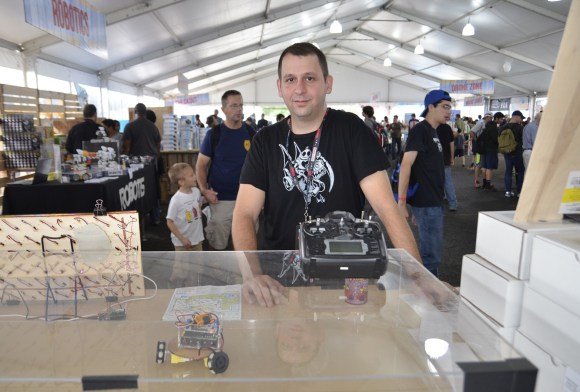
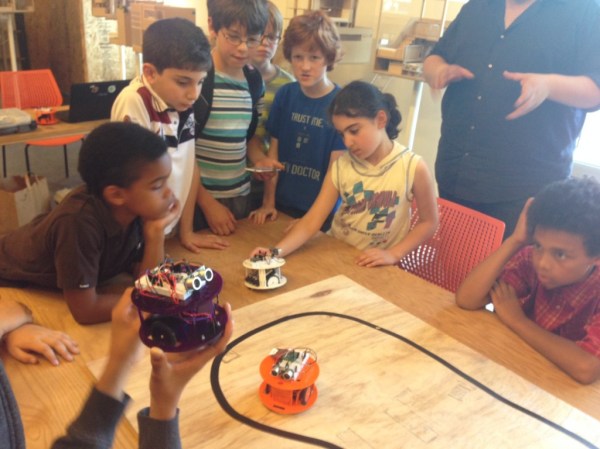


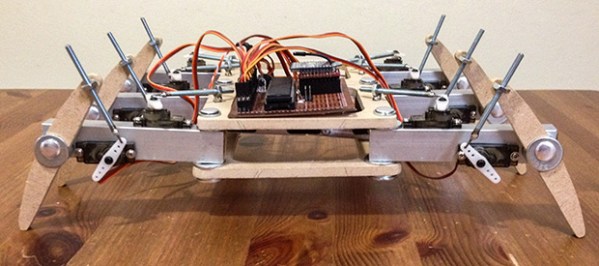
 The project featured in this post is
The project featured in this post is 








